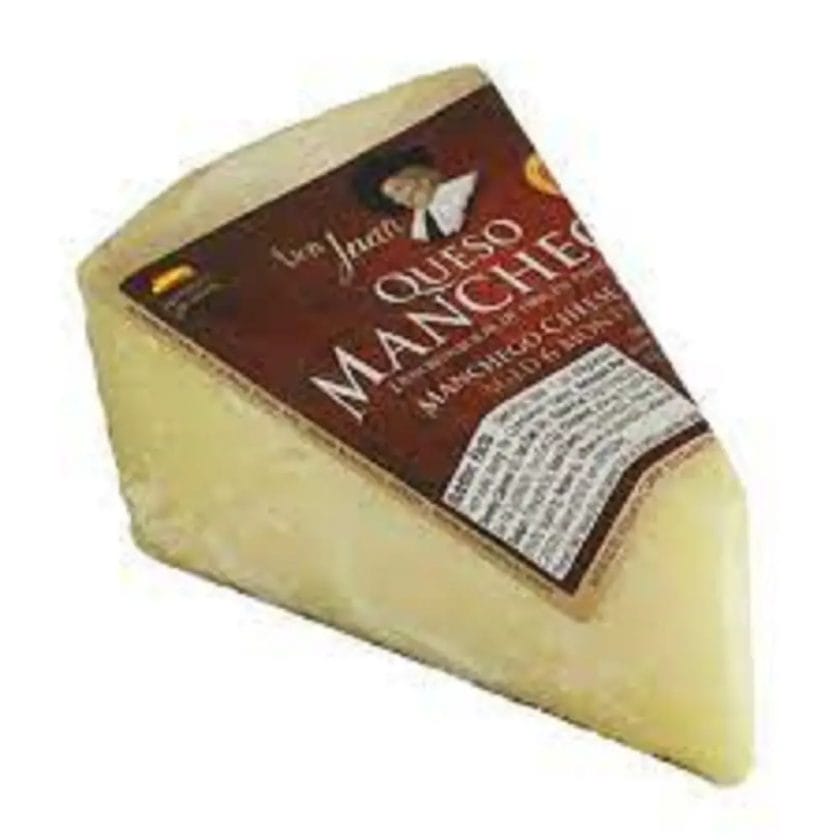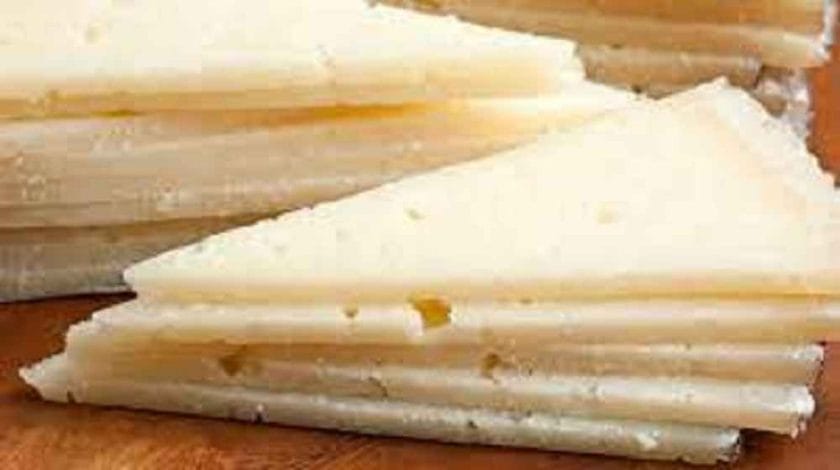Manchego cheese is a traditional Spanish cheese made from the milk of the Manchega sheep. It is known for its distinct, nutty flavor and firm texture.
It is one of the most popular types of cheese in Spain and is widely used in a variety of dishes and as a snack. Understanding the shelf life of Manchego cheese is crucial to ensure that it is consumed at its best quality.
Factors that affect the shelf life of Manchego cheese
Type of packaging:
Manchego cheese is typically sold in vacuum-sealed packages or wrapped in wax. Vacuum-sealed packages can extend the shelf life of the cheese as it reduces the amount of oxygen that can come into contact with the cheese.
Wrapped in wax can also extend the shelf life, but not as much as vacuum-sealed packages.
Storage temperature:
The ideal temperature for storing Manchego cheese is between 34-38°F (1-3°C). Storing the cheese at a higher temperature can cause the cheese to spoil more quickly.
Opening and reclosing the package:
Every time the package is opened and re-closed, it allows oxygen to come into contact with the cheese, which can cause it to spoil more quickly.
Exposure to air: The more air that comes into contact with the cheese, the quicker it will spoil. It is important to keep the cheese wrapped tightly to minimize its exposure to air.
How long does Manchego cheese last in the fridge?
Unopened Manchego Cheese:
If stored properly, unopened Manchego cheese can last for up to 6 months in the fridge.
Opened Manchego Cheese:
Once the package is opened, the cheese should be consumed within 3-4 weeks for best quality.
Manchego Cheese that has been cut:
Cut Manchego cheese should be consumed within 1-2 weeks.
It is important to note that these are general guidelines, and the actual shelf life of Manchego cheese can vary depending on the specific type and the way it was stored.
To be sure, it is always a good idea to check the expiration date on the package and to use your senses to check for any signs of spoilage before consuming the cheese.

How to properly store Manchego cheese
Temperature:
As mentioned earlier, the ideal storage temperature for Manchego cheese is between 34-38°F (1-3°C). It is important to store the cheese in the coldest part of the refrigerator, away from any heat sources.
Packaging:
If the cheese comes in vacuum-sealed packaging, it is best to keep it in that packaging to extend its shelf life. If the cheese comes wrapped in wax, it is best to transfer it to an airtight container or to rewrap it tightly in plastic wrap to minimize its exposure to air.
Properly wrapping the cheese:
Proper wrapping is crucial to extend the shelf life of Manchego cheese. It is best to wrap the cheese in plastic wrap or parchment paper, making sure to remove as much air as possible.
Storing the cheese at the right spot in the fridge:
Manchego cheese should be stored in the coldest part of the refrigerator, preferably in the meat or dairy compartment. This will help to maintain its optimal storage temperature.
Signs that Manchego cheese has gone bad
- Smell: A strong or sour smell can be an indication that the cheese has gone bad.
- Appearance: If the cheese has mold or discoloration, it should be discarded.
- Texture: If the cheese has become slimy or sticky, it is no longer safe to eat.
- Taste: If the cheese has a sour or bitter taste, it has likely spoiled and should not be consumed.

Conclusion
Manchego cheese is a delicious and versatile cheese that can last for a long time when stored properly. It is important to understand the factors that affect the shelf life of Manchego cheese, such as packaging, storage temperature, opening and reclosing the package, and exposure to air.
Additionally, keeping Manchego cheese stored at the right temperature and wrapped tightly can help to extend its shelf life. Always check for signs of spoilage before consuming any cheese.
Remember that these are general guidelines, and the actual shelf life of the cheese may vary depending on the specific type and how it was stored.
Can I freeze Manchego cheese?
Yes, Manchego cheese can be frozen, but it is important to note that the texture may change slightly upon thawing.
It is best to freeze it in its original packaging or wrap it tightly in plastic wrap before freezing. To thaw, place the cheese in the refrigerator for several hours or overnight before consuming.
How do I know if my Manchego cheese is authentic?
Authentic Manchego cheese should have the Denominación de Origen (DO) seal on the packaging, which indicates that it was made in the La Mancha region of Spain and meets certain quality standards.
Additionally, the label should indicate that the cheese is made from 100% Manchego sheep’s milk.
Can I eat the rind of Manchego cheese?
Yes, the rind of Manchego cheese is edible and is often enjoyed for its nutty flavor. It is a personal preference whether to eat it or not.
Some people prefer to remove it before eating the cheese.
Can I use expired Manchego cheese in cooking?
If the cheese has expired or has gone bad, it should not be consumed, and this includes cooking.
Expired cheese may contain harmful bacteria and can cause food poisoning if consumed. It is best to err on the side of caution and discard expired cheese.
How do I know if my Manchego cheese has been aged for the right amount of time?
Manchego cheese is aged for a minimum of 60 days, but can be aged for up to 2 years. The aging process can affect the flavor and texture of the cheese.
Typically, a longer aging period will result in a stronger and nuttier flavor and a harder texture. The label on the packaging should indicate the aging period of the cheese.

